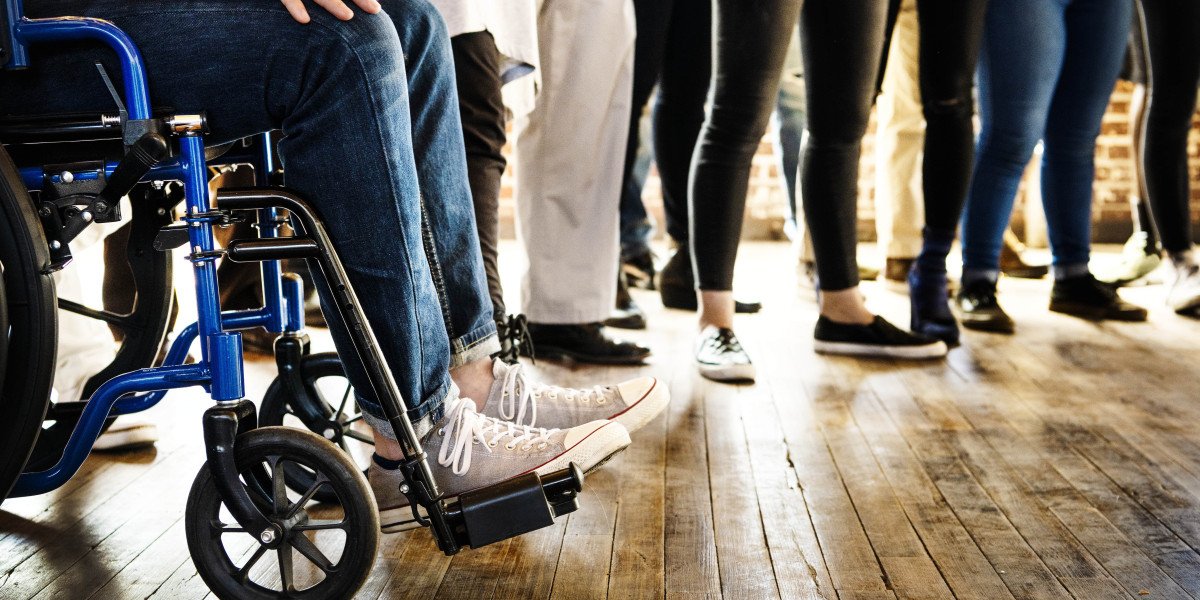In today’s digital-first world, identity verification has become a cornerstone for businesses across banking, fintech, e-commerce, and government services. While biometric authentication methods such as facial recognition have grown in popularity, they are not entirely immune to sophisticated cyber threats. One such emerging challenge is the Camera Injection Attack, which poses risks to systems that rely heavily on facial verification. To counter these vulnerabilities, many organizations are turning toward voice verification systems as an added layer of security.
What is a Camera Injection Attack?
A Camera Injection Attack occurs when attackers bypass a device’s live camera feed and inject manipulated or prerecorded video data directly into the authentication system. Unlike simple spoofing with photos or masks, this method exploits the system’s reliance on camera input at a technical level. The outcome is alarming—hackers can impersonate users and gain unauthorized access to sensitive accounts, financial platforms, or secure data.
This type of attack exposes the limitations of traditional face verification systems if they lack robust liveness detection. Without the ability to confirm whether the video feed is genuine and captured in real-time, organizations face serious risks of fraud and identity theft.
Voice Verification as a Defense Mechanism
To mitigate these risks, businesses are increasingly adopting voice verification systems. Voice biometrics analyze unique vocal characteristics such as pitch, tone, rhythm, and speech patterns, making it extremely difficult for fraudsters to replicate. Even if hackers attempt to use recorded voice samples, advanced systems can detect anomalies through voice liveness checks, which analyze responses to random prompts or background noise variations.
Unlike facial recognition alone, voice verification provides an additional layer of multi-factor biometric authentication, making identity verification more secure. Combined with facial checks, it ensures that even if one system is compromised, the other stands as a safeguard.
Benefits of Voice Verification
High Accuracy – Every individual has unique vocal traits that are difficult to forge.
Ease of Use – Users can verify their identity with a simple spoken phrase.
Fraud Prevention – Liveness detection identifies replay attacks or AI-generated voices.
Scalability – Ideal for remote onboarding, call centers, and digital banking.
The Future of Biometric Security
As cybercriminals develop advanced methods like camera injection attacks, the need for layered security has never been greater. Voice verification systems, when integrated with facial recognition and document liveness checks, create a comprehensive defense against fraud. For businesses handling sensitive data, investing in multi-modal biometric verification is no longer optional—it is a necessity.
By embracing these solutions, companies can enhance user trust, reduce fraud risks, and stay ahead in the evolving digital landscape.







